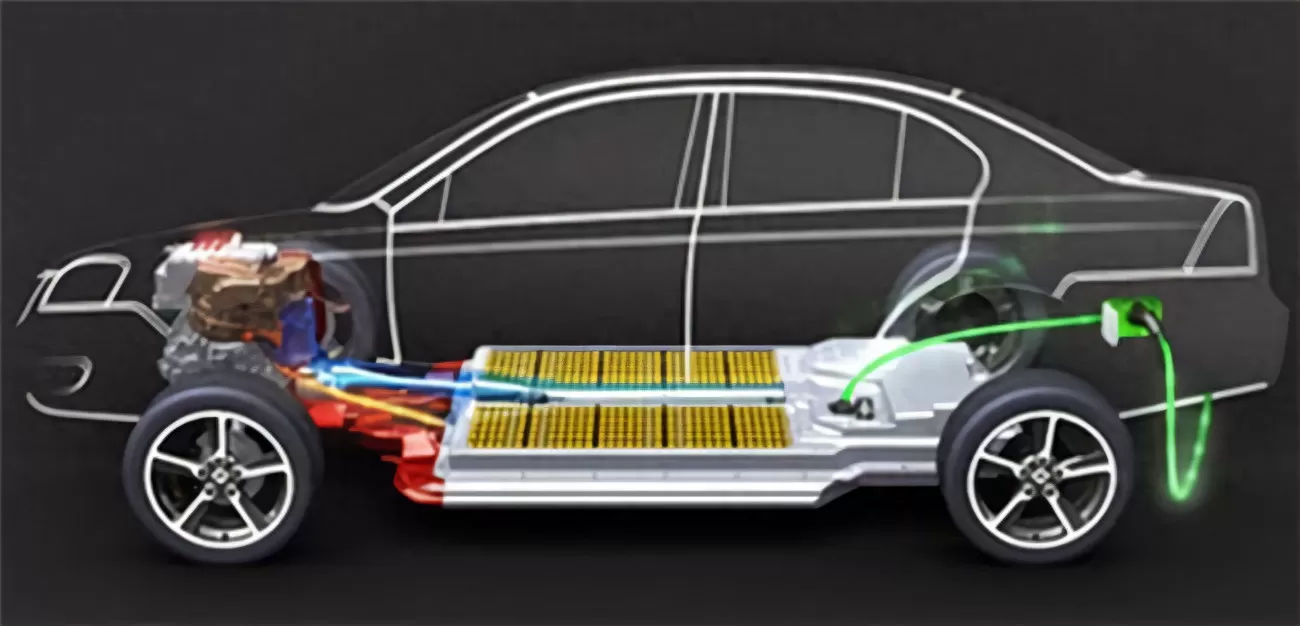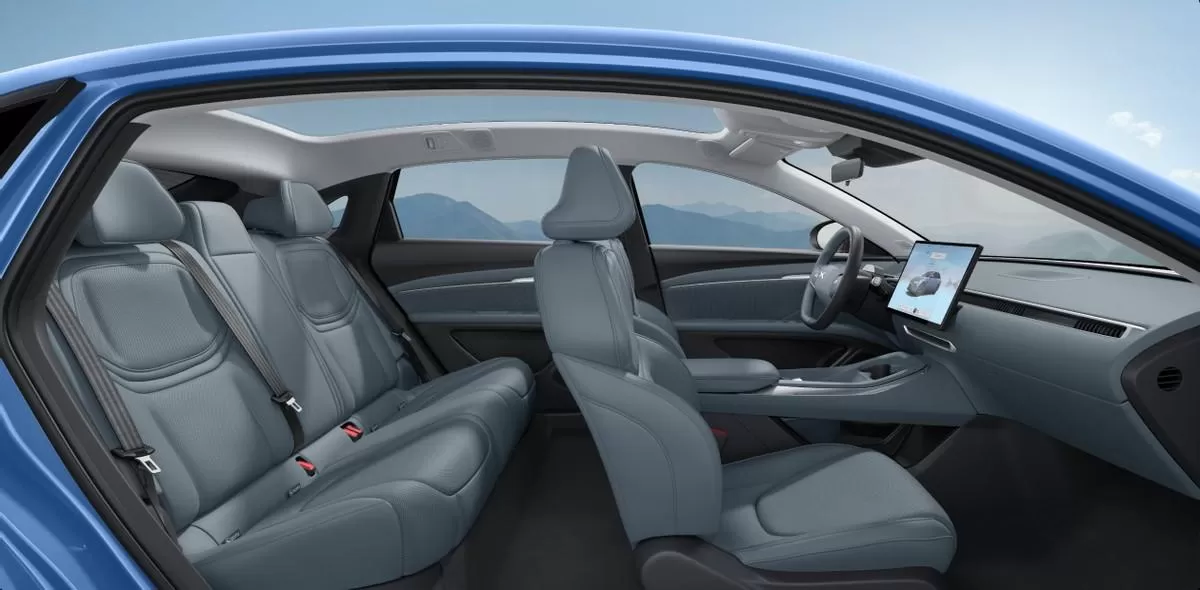The internal battery of a new energy vehicle is a lithium battery and should be charged using a 220V DC stabilized power supply. Household sockets are neither DC stabilized power supplies nor do they provide a standard 220V voltage, making it very unsafe to charge new energy vehicles using household sockets. This can easily lead to dangerous accidents.
It is well known that the faster you want to charge, the greater the current flowing through the wires, and the thicker the wires need to be to avoid overheating and potential burning. Household sockets typically have a current rating below 16A and can generally only support appliances with power below 3kW. However, the charging power for new energy vehicles usually exceeds 3kW, involving higher current and power.

For car owners who extend electrical wires from home to charge their vehicles, the diameter of the charging wires needs to be sufficiently large. Otherwise, it could easily cause household short circuits. Moreover, household circuits lack professional protective measures, which in severe cases could lead to fires. Professional charging piles, on the other hand, use specialized equipment and facilities equipped with functions such as leakage protection, overcurrent protection, and lightning protection, ensuring safe charging for everyone.
If it is necessary to charge the vehicle using a household socket, the car owner should preferably use a dedicated high-power extension cord like those used for air conditioners. Using small-power household sockets for charging new energy vehicles is not recommended as it poses greater safety risks.
Here are some essential precautions for charging electric vehicles at home:
1. Avoid "flying wires" charging: Some car owners, especially those living on lower floors, use "flying wires" to extend the socket from the power strip to the car's vicinity and plug the charger into the power strip. This method is very dangerous because the longer wires generate more resistance, causing overheating and potentially leading to fires or electric shocks. If you must use an extension cord, consult with the manufacturer or a dealership and purchase an extension cord capable of handling high currents under professional guidance.
2. Do not open the front engine compartment while charging: Charging an electric vehicle at home is generally slower. Some car owners take this time to open the engine compartment to clean out dust. This is very dangerous as the engine compartment contains high voltage components. Despite having leakage protection, any issue could have serious consequences. Therefore, it is crucial to ensure the safety of both the car owner and others while charging the vehicle.
There are two options for safely charging new energy vehicles at home:
1. Use an onboard charger: Typically, purchasing an onboard charger comes with a conversion socket to address the issue of insufficient power from household sockets. Alternatively, you can choose an adjustable gear onboard charger and select the gear that matches the power of your household socket, although this may result in slower charging speeds.
2. Install a home charging pile: The installation process is relatively more complicated than using an onboard charger but offers higher charging speed and efficiency. Additionally, charging piles provide better safety, stability, and functionality compared to onboard chargers. Onboard chargers are more convenient, but charging piles are more suitable for those prioritizing safety, stability, and efficiency.





